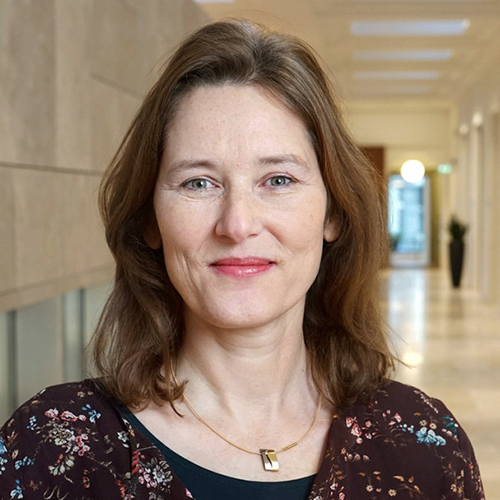The development of the income distribution in the Netherlands in the long term
First developments in the gross and net income distribution of workers, the beneficiaries of social allowances and pensioners are described. Then, the overall income distribution of individuals and households is analyzed. According to these simulations gross income will become less equally distributed, especially in Balanced Growth but to a lesser extent also in European Renaissance.
Firstly, this is caused by a changing structure of the workforce, with less young people and relatively more highly educated then at present. Secondly, more inequality stems from changes in the wage structure. In Balanced Growth the yield on education rises, becoming competitive with rents on other long-term investments. And wage differentials between persons with the same educational attainment and the same age increase, reflecting a more performance-based pay structure. On the other hand, the fact, that in Balanced Growth age is only important as far as it influences productivity, has an equalizing effect. This contrasts with the current situation where age is of determining importance to remuneration. On balance, in Balanced Growth changes in the pay structure create an increased dispersion of gross incomes of workers. The same is true in European Renaissance, although in this scenario age still plays a role in remuneration, and the yield on education is lower. This greater inequality of workers' incomes in turn affects the distribution of income-related social allowances and pensions.
Factors that contribute to a more equal overall income distribution of individuals are the increasing participation of women on the labour market and the maturing of the supplementary pension schemes. Also the introduction of a fully individualized negative income tax in Balanced Growth helps to level off net incomes at the lower end of the distribution. Household incomes get, however, more widely dispersed, especially in Balanced Growth. Two remarks need to be made in addition to these results. Firstly, the study is confined to a limited amount of sources of income; capital income as well as payments from individual assurances are not taken into account. Secondly, the study used static microsimulation techniques. Dynamic perspectives need to be considered besides these static results. In both scenarios, and particularly in Balanced Growth, measures to improve reintegration of persons who have left the labour market temporarily, are successful.
This document is only available in Dutch.
Authors
